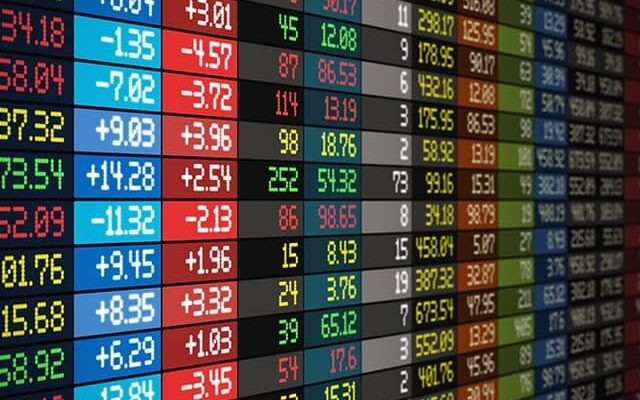(AOF) – GTT announces that it has received an order from its partner, the Korean shipyard Samsung Heavy Industries, for the design of the tanks of two new LNG carriers. GTT will design the tanks of these two LNG carriers, which will each offer a total cargo capacity of 174,000 m3 and will incorporate the Mark III Flex membrane containment system, developed by GTT. Delivery of these LNG carriers is scheduled between the third quarter of 2026 and the first quarter of 2027.
AOF – LEARN MORE
Key points
– World leader in the design of containment systems with cryogenic membranes used for the storage and naval transport of LNG or liquefied natural gas;
– Turnover of €315 million, 94% of which was achieved in the construction of tanks or stationary ships and drawn on 9/10ths of royalties, hence margins of over 50%;
– Capitalization business model on the growth of the natural gas markets (25% of energy consumption expected for 2040) and LNG fuel (“Global Sulfur Cap”, incentive for the propulsion of commercial vessels by LNG) and extension of the service offering through acquisitions;
– Capital held at 21.45% by Engie, Philippe Berterottière being CEO of the 9-member board of directors;
– Very solid debt-free balance sheet with cash of €168m at the end of June.
=/ Issues /=
– 2019-2021 strategy to respond, in particular through digital innovation, to a maritime sector that emits less carbon emissions, and to obtain €524 million in cumulative turnover;
– Innovation strategy with a research & development budget of €20 million, aimed at strengthening gas management technologies, improving Mark Systems and NO 96 solutions, reducing carbon impacts via artificial intelligence and Smart Shipping and to participate in the growth of the hydrogen market;
– 1st French ETI by the number of patents filed, 8/10ths of the order book from technologies offered for less than 3 years,
– certification of technologies intended for GL fuel;
– partnership with the Marseilles incubator Zebox, specialized in maritime transport;
– 2025 net zero ambition environmental strategy for the company’s carbon emissions;
– Ramp-up of service activities carried out and offers to GBS (seabed, ethane transport, etc.) as well as green hydrogen storage carried by the subsidiary Elogen (partnerships in the design of hydrogen carriers and catalysts) ;
– Record order book: 269 units including 250 LNG carriers and 70 units including 42 tanks for LNG fuel, hence visibility until 2029.
Challenges
– Russian-Ukrainian conflict: high risk of postponement or cancellation of contracts:
– ongoing design of tanks for 15 ice-breaking LNG carriers for the Zvezda shipyard disrupted by sanctions on product imports and end of the contract with Saren,
– maintenance of current orders in Asian shipyards for 6 ice-breaking LNG carriers and 2 FS for Russian Arctic projects, i.e. €38 million in revenue by 2023,
– maintenance of orders for 8 conventional LNG carriers in Asian shipyards, intended for the Arctic LNG2 project but operable elsewhere;
– Other geopolitical risks: Qatar, Malaysia and Indonesia, which account for more than half of the world’s LNG liquefaction supply;
– Expensiveness of LNG in Europe: risk of a slowdown in order intake;
– After a 7.5% decline in revenues at the end of September, confirmation of the 2022 target of €290-320m in revenues and €140-170m in operating profit, rather at the bottom of the range;
– Towards a 2023 financial year of significant increase in results and turnover;
– Installment payable in December of €1.55 on a 2022 dividend at least equal to that of 2021.
Learn more about the Utilities sector
Greater disparities between utilities
The World Energy Markets Observatory highlights a wide disparity in retail energy prices in Europe. Suffering from both the effect of the rise in wholesale prices and high volatility in selling prices to end consumers, the profitability of players is under pressure. While the sixteen largest European energy suppliers benefited last year from a significant increase in their turnover (+47% compared to 2020), their gross operating margin (Ebitda margin) , deteriorated from 20.2% to 19.6%. Those who had to resort to purchasing electricity on the market had to pay these additional volumes much more expensive than the level of sale prices already set and therefore saw their margins deteriorate.
Faced with the lower availability of its nuclear fleet, EDF, renationalised, should post an annual loss of 29 billion euros in 2022. Engie is doing better because it succeeded in reducing its imports of Russian gas in the first half while benefiting from high electricity prices and its increased exposure to renewable sources.
